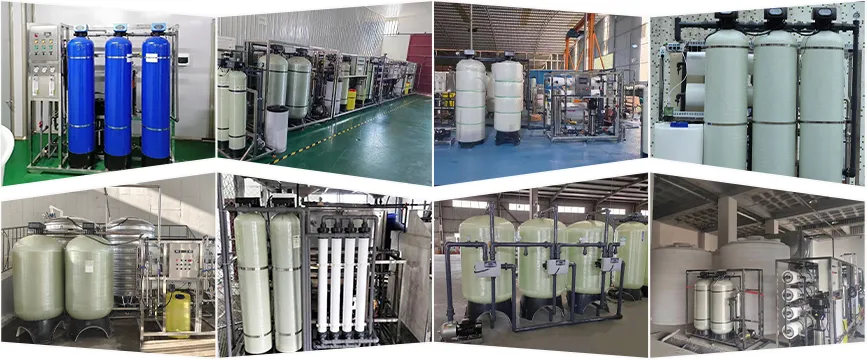loading...
- No. 9, Xingyuan South Street, Dongwaihuan Road, Zaoqiang County, Hengshui, Hebei, China
- admin@zjcomposites.com
- +86 15097380338
- Welcome to visit our website!
Durable and Lightweight GRP Water Tank Panels for Efficient Water Storage Solutions
GRP Panel Water Tank A Modern Solution for Water Storage
In the realm of water storage solutions, one technology that has gained significant traction over the years is the GRP (Glass Reinforced Plastic) panel water tank. Recognized for its durability, versatility, and efficiency, this advanced innovation caters to diverse water storage needs, from residential buildings to large-scale industrial applications. Let’s delve into what makes GRP panel water tanks a preferred option in modern infrastructure.
The Composition and Structure of GRP Panel Water Tanks
GRP, also known as fiberglass, is a composite material made up of a polymer matrix reinforced with fibers. The result is a water tank that boasts exceptional strength and resilience. The construction involves assembling panels, which are meticulously designed and manufactured in a controlled environment to ensure uniform quality. These panels are then bolted together on-site, allowing for customizable sizes and configurations to suit specific requirements.
Key Advantages of GRP Panel Water Tanks
1. Corrosion Resistance One of the most significant benefits of GRP panel water tanks is their resistance to corrosion. Unlike traditional metal tanks, GRP does not rust or degrade when in contact with water, chemicals, or varying weather conditions. This attribute ensures a longer lifespan and lower maintenance costs.
2. Hygienic and Safe The non-porous surface of GRP tanks doesn’t allow for microbial growth, ensuring that the water stored remains clean and safe for consumption. GRP materials are also non-toxic and comply with stringent health and safety standards, making them ideal for potable water storage.
3. Lightweight Yet Robust GRP weighs significantly less than metals, which simplifies transportation and installation. Despite being lightweight, GRP panel water tanks are incredibly strong and can withstand substantial internal pressures and external impacts.
grp panel water tank

4. Temperature Tolerance These tanks exhibit excellent resistance to temperature variations. They can endure extreme weather conditions, whether scorching heat or freezing cold, without suffering structural damage.
5. Customizable and Modular The modular nature of GRP panels allows for flexibility in design. Tanks can be assembled into various shapes and sizes, fitting into spaces that might be restrictive for other types of tanks. This customization extends to capacities, ranging from small domestic tanks to large industrial storage units.
6. Cost-Effectiveness Although the initial investment might be higher compared to some traditional materials, the longevity and minimal maintenance requirements of GRP tanks make them a cost-effective solution in the long run. The ease of installation also reduces labor costs and downtime.
Applications of GRP Panel Water Tanks
The versatility of GRP panel water tanks makes them suitable for a wide array of applications
- Residential Areas For domestic water supply needs, ensuring a hygienic and reliable water source. - Commercial and Industrial Sectors Used in manufacturing plants, mining operations, and large building complexes for process water, fire suppression systems, and overall water management. - Agriculture Supporting irrigation systems and livestock watering requirements. - Municipal Systems Providing an essential component in municipal water storage and distribution networks.
Conclusion
GRP panel water tanks embody a progressive step in water storage technology, blending durability, hygiene, and adaptability. Their capacity to withstand the rigors of the environment and ease of customization make them a prudent choice across various sectors. As the world continues to seek sustainable and efficient solutions, GRP panel water tanks stand out as a testament to innovation meeting necessity, ensuring safe and reliable water storage for years to come.
-
Premium FRP Handrail for All ApplicationsNewsAug.29,2025
-
Low Maintenance FRP Mini Mesh Grating ProductsNewsAug.29,2025
-
Innovative FRP Square Tubes for Modern Industrial SolutionsNewsAug.29,2025
-
FRP Water Storage Tanks Wholesale Solutions for Bulk BuyersNewsAug.29,2025
-
FRP Molded Grating Solutions for Diverse Industrial ApplicationsNewsAug.29,2025
-
Construction Advancements Through FRP Pultruded ProfilesNewsAug.29,2025
-
Why Choose FRP Railings, Guardrails, and Handrail Systems?NewsAug.29,2025
